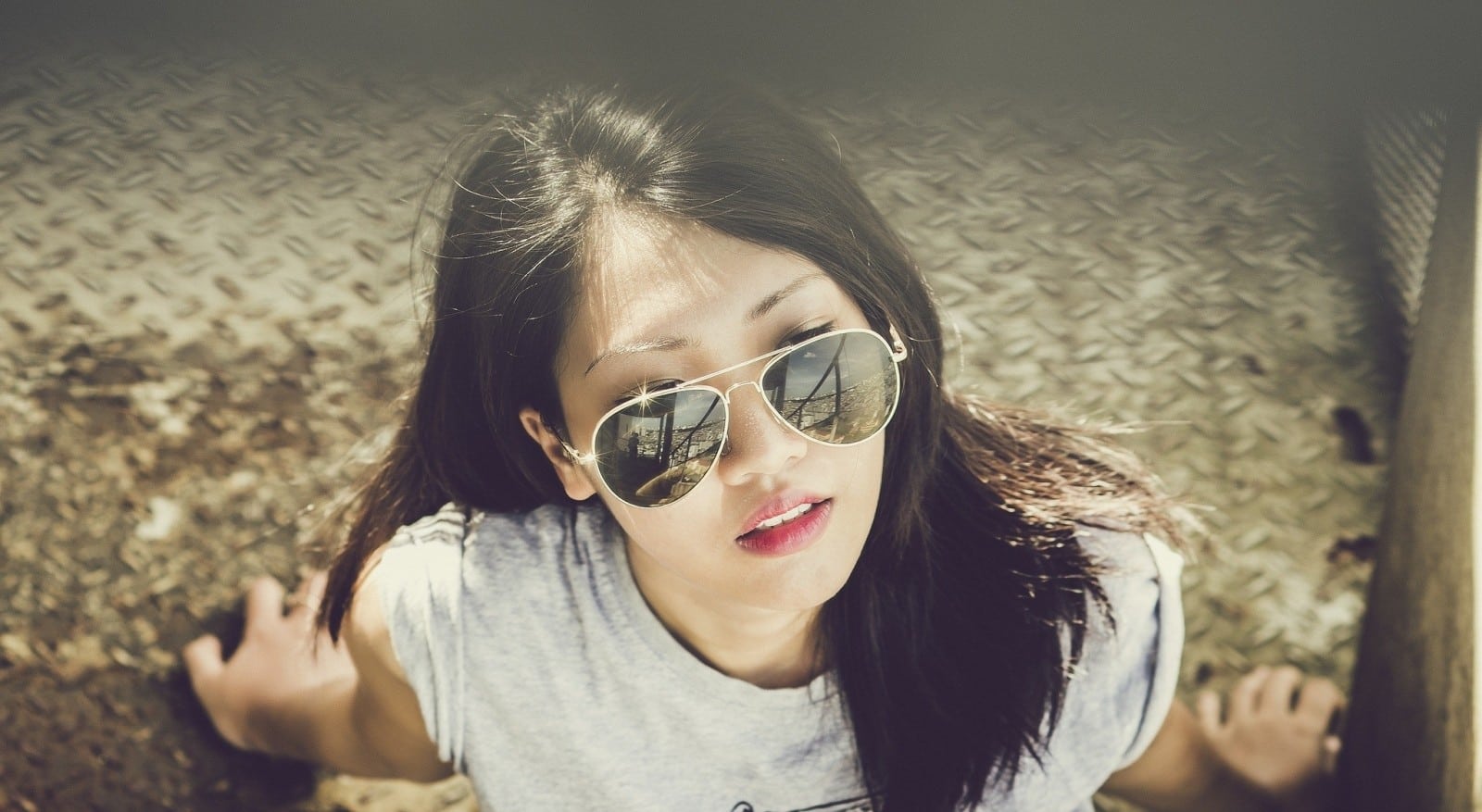Skift Take
What happens to the luxury fashion industry as more and more wealthy consumers move their dollars from product to experience?
In 2015, China produced 120 million outbound tourists—who spent an estimated US$229 billion on shopping overseas, leaving the rest of the world way behind. Their top purchases? Fashion and accessories.
The effect of this wave is serious additional business for luxury fashion brands, which, for several years, have already maintained far higher profits on their products in China—prices there are often 40—68 percent higher than in Europe or the US. Little wonder that the Chinese traveller is on a mission to shop when traveling internationally. (The Japanese have even coined a word to describe this phenomenon: ‘bakugai’ or explosive shopping.)
When Angela Ahrendt was still CEO of Burberry, she insightfully recognized the impact of the ‘traveling luxury consumer’ on the brand’s sales in Europe and the US, and spoke of the need to cater to them directly. Today, major department stores, from Paris’s Galeries Lafayette to Bloomingdale’s in New York, attract the Chinese traveller with a variety of special offers, targeted WeChat marketing campaigns, personal shoppers and translator services. But capitalizing on this demand requires a shift in product and merchandising. In 2014, J. Crew came under fire for introducing 000 and XXXS sizes in its US stores, but the brand had simply made the logical—and smart—decision to tailor to its petite Asian customers.
But travel is affecting the fashion industry in other ways. Increasingly, high-end travel is taking on the traditional role that hard luxury goods have played in rapidly



